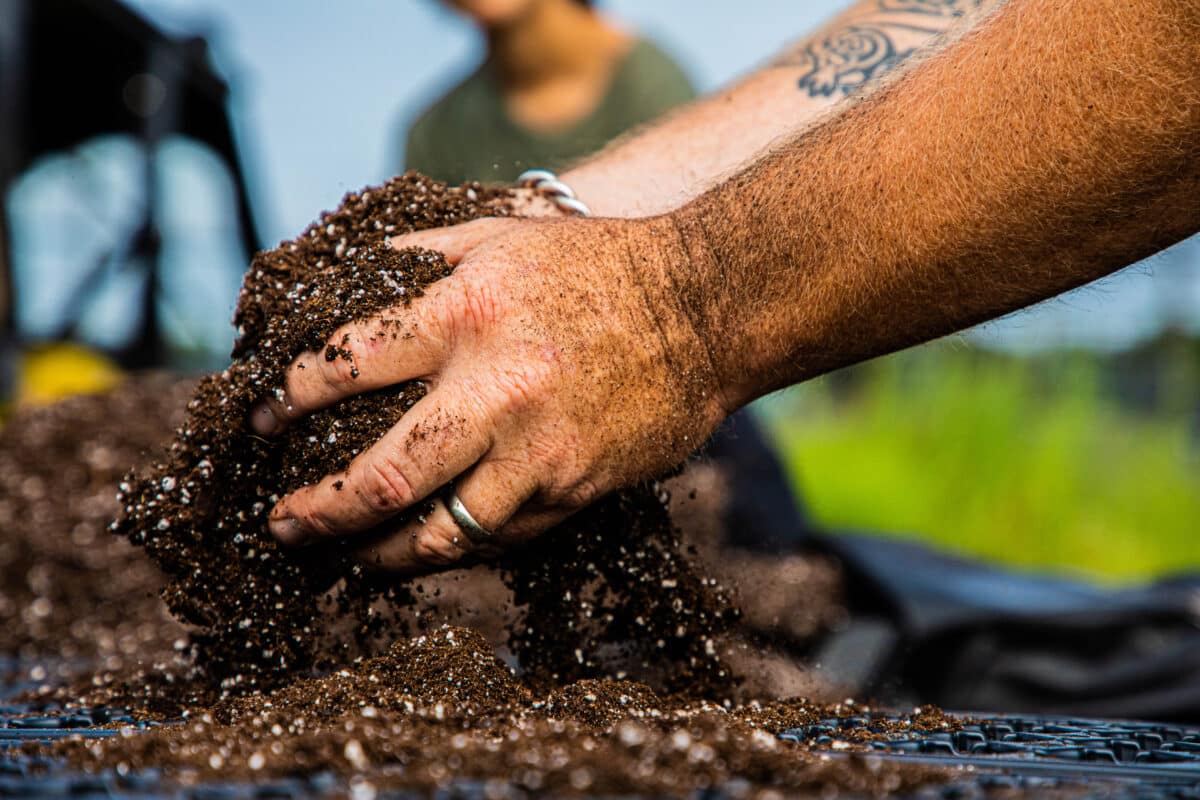Wetlands Mitigation Banking in New York City: Challenges and Opportunities
By Emily Walker
By Emily Walker
In New York City, tidal wetlands are a critical part of coastal resiliency and provide numerous ecological and social benefits. State and federal wetlands mitigation regulations require that development resulting in wetland impacts offset those losses through wetland creation, restoration, and enhancement – with a goal of no-net wetland loss.
To date, wetlands mitigation has occurred in New York City predominantly on an ad-hoc basis. While the results have been largely successful, we recommend investing in a more proactive approach due to the finite locations for future mitigation. New York City has limited physical space for wetlands mitigation, while the need for mitigation has only grown due to the increased number and scale of renewable energy development, coastal development, and resiliency projects. In addition to dwindling physical space, mitigation outcomes can be negatively impacted by high costs, insufficient staffing, and a complex policy landscape. As a result of these challenges, and the compounding effects of climate change, New York City is at risk of not meeting federal, state, and local no-net loss goals for coastal wetlands.
During the development of this report, Natural Areas Conservancy (NAC) staff interviewed over a dozen practitioners whose work intersects with the wetlands mitigation process, including professionals in the private, nonprofit, and public sectors. These individuals are key players in advancing mitigation in New York City. Their roles range from mitigation bank managers, regulators, restoration practitioners, and project managers for infrastructure projects. This report distills and synthesizes the feedback we received during the stakeholder interview process, and breaks down the challenges and barriers to the existing mitigation process, while highlighting recommendations for improvements that would help New York City better protect its wetland ecosystems.
Download the PDF
Urban stormwater management is a growing challenge in the face of climate change, especially in cities like New York with aging gray infrastructure and increasing impervious surfaces. This report, “Reducing Runoff: The Role of Urban Natural Areas in Stormwater Management,” presents a comprehensive analysis of how urban natural areas, including ...

Urban natural areas are crucial for enhancing city livability and environmental health but are often overlooked, underfunded, and missing formal protection, which leads to loss of ecological benefits, missed opportunities for community engagement and nature access, and overall loss of natural areas. Governance structures for urban forested natur...

This report presents a comprehensive overview of the challenges, benefits, and potential funding sources for urban forested natural areas in the United States. It emphasizes the critical need to diversify funding sources for these underfunded areas, which are distinct from other urban green spaces due to their size, biodiversity, and ...
